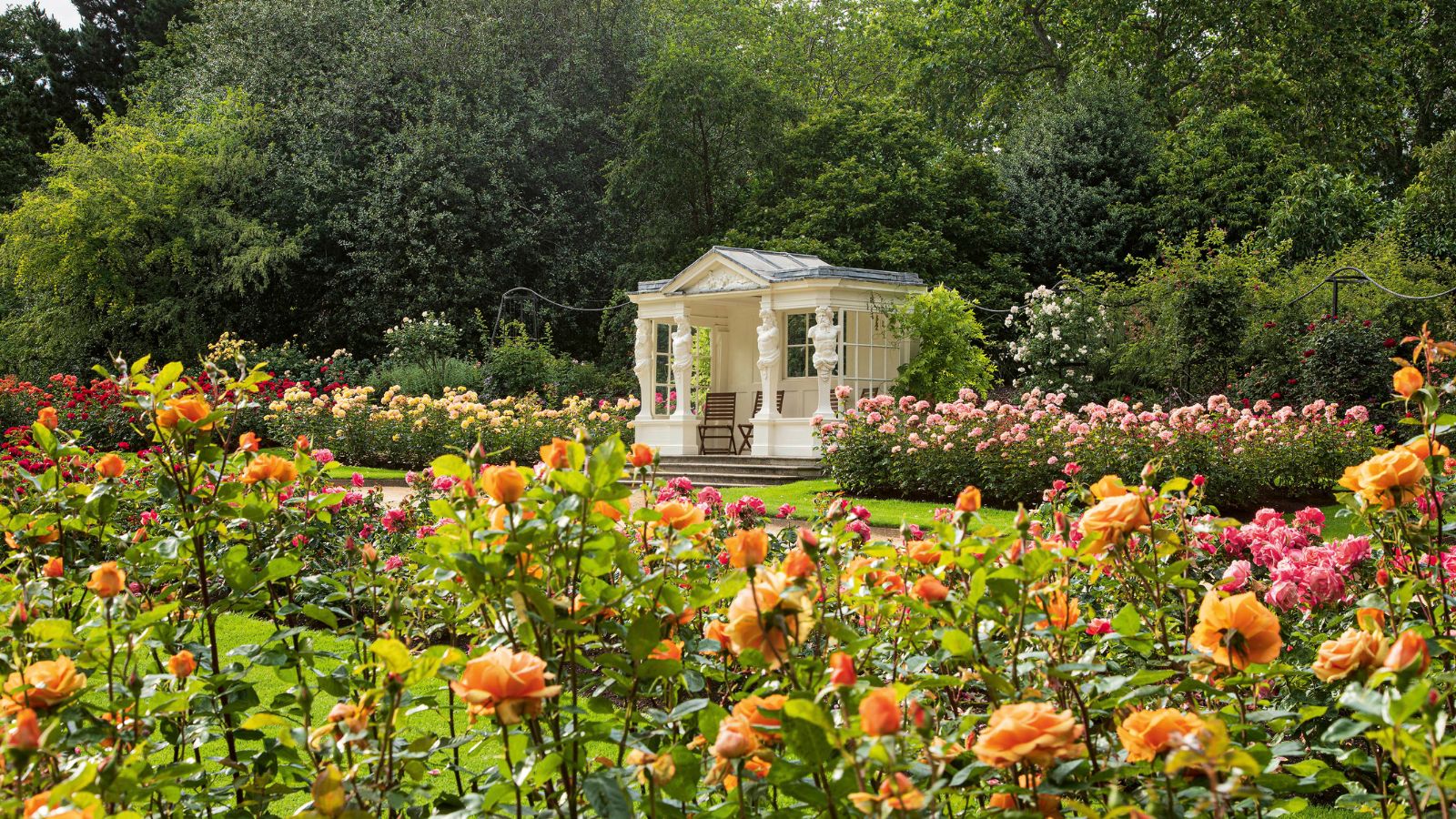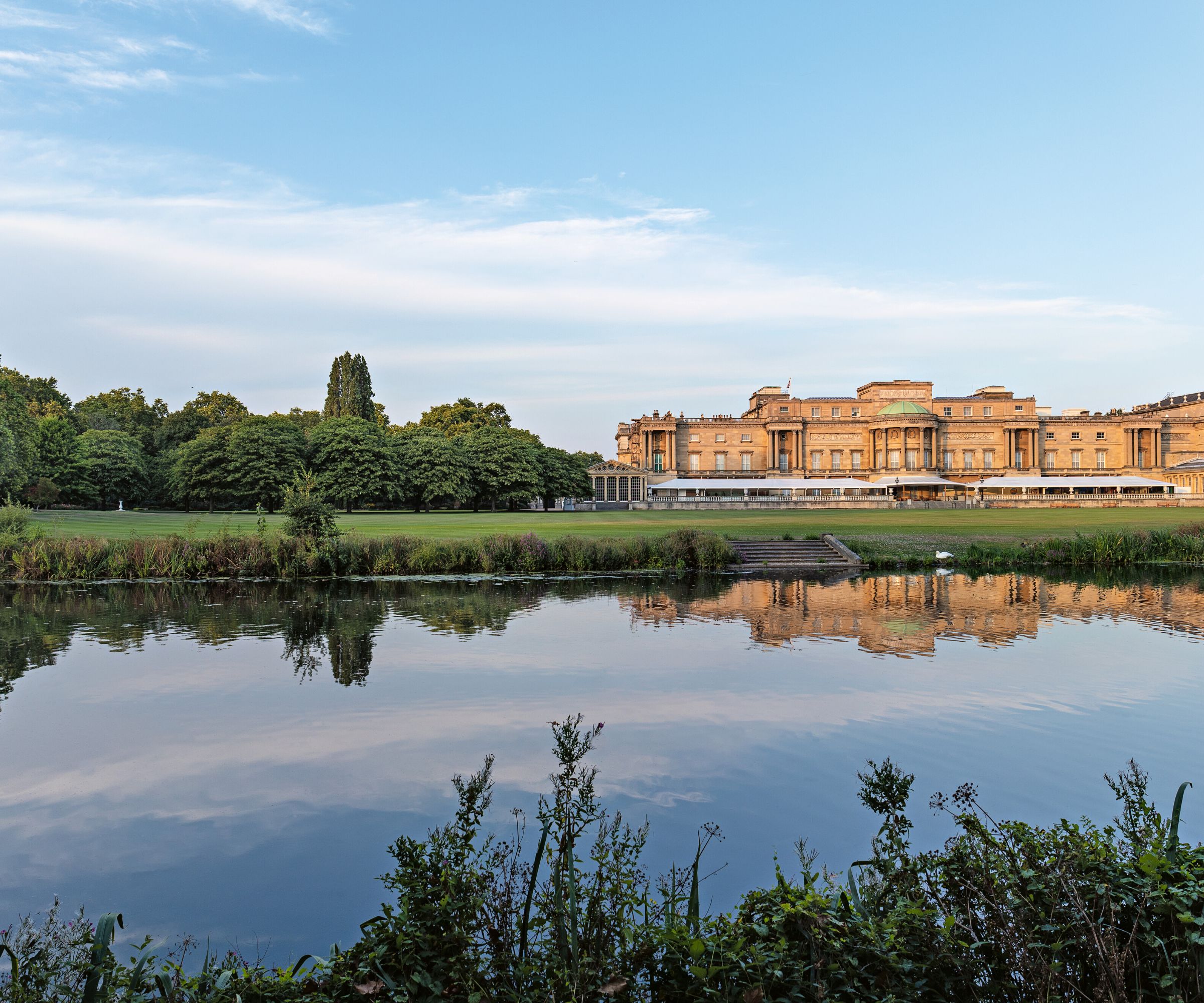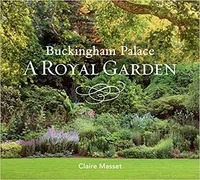We tour the Buckingham Palace gardens and discover its secrets
We tour the expansive gardens found at Buckingham Palace, from the secret beehives to the impressive rosebeds


The British Royal Family is famous for its love of gardening, so it is unsurprising that the Buckingham Palace gardens are some of the best in the world.
Spanning a massive 42 acres, the Palace gardens in London are some of several expansive royal residence gardens cared for by a team of elite gardeners year-round. The garden fulfils many roles year-round, both as a private garden for the Royal Family and as a venue for royal events. The most famous of these were the late Queen's Garden Parties, which saw around 24,000 guests from around the world welcomed to the gardens each summer.
Here, we take a look around the Buckingham Palace gardens for ourselves and discover some of the secrets of this immense space in the heart of London.
Tour the Buckingham Palace Gardens

The starting point for many of the gardens tours, the herbaceous border spans a massive 511 feet. Far from standard low-maintenance garden border ideas, the garden borders feature a large proportion of the garden's plant varieties, including many humble cottage garden plants – a favorite of Queen Elizabeth II.
Despite the garden's urban surroundings, some plants in and around the border are some of the only of their variety in England, with rare flora and fauna making the garden a unique biodiverse habitat.
The borders are backed by trees dating back to the reign of Queen Victoria, and some were planted by the Queen and Prince Albert themselves.

One of the main features of the gardens is the three-and-a-half acre lake, complete with a waterfall and private island that provides a safe haven for the large array of wildlife that lives within the walls of the garden.
Design expertise in your inbox – from inspiring decorating ideas and beautiful celebrity homes to practical gardening advice and shopping round-ups.
Wildlife conservation is a cause close to the hearts of many of the Royal Family, with King Charles III fostering a close relationship with the Word Wildlife Fund and nurturing his own garden at his private home, Highgrove House.

The Buckingham Palace gardens continue to provide aspirational wildlife garden ideas with a collection of five bee hives added to the property in 2008.
Overlooking the lake and the rose beds, the bee hives help to produce around 160 jars of honey per year to cater for the royal kitchens.

The rose garden ideas are by far some of the most impressive beds in the royal collection. The garden itself contains 25 beds, each with 60 rose bushes of different varieties.
The striking beauty of the rose beds comes from the fact that no two adjacent beds are planted with roses of the same color. Flowers were often cut from these bushes to present to the late Queen in seasonal posies each Monday when she was staying at the Palace.

Once an extensive grass meadow designed for grazing cows and sheep, the Buckingham Palace garden meadows are now rich with wildflower garden ideas, encouraging the wild growth of native flora and a natural habitat for visiting wildlife.
The meadow, found in the southwest of the gardens, is home to over 320 different types of wildflowers and grasses, making it one of the most diverse meadows in England, and features a gorgeous summer house for private escapes.

Besides the flowers, the Buckingham Palace gardens are also home to over 1,000 species of tree including 98 plane trees, 85 different species of oak, and 40 different types of Mulberry tree, making the garden the official site of the National Collection of Mulberries in 2000.
The trees in the Palace gardens are also some of the oldest additions to the garden, with the first Buckingham Palace mulberry tree having been planted in the gardens in 1608 by James I, for example. Other special trees include the named Victoria and Albert plane trees planted by the couple during their reign.
Trees have been continuously planted by each generation of royals throughout the long history of the Royal Family.

The Buckingham Palace garden is also a shining example of sustainable garden ideas.
With the family's growing recognition and support of sustainable practices, such as King Charles' refusal of Buckingham Palace as his home on the grounds of its impractical and unsustainable running costs, it is unsurprising that their gardens follow a similar philosophy.
In 1991, a sustainable recycling center was established in the gardens at the Queen's request. The facility now recycles 99% of all green waste produced by London's royal gardens.
The result of this sustainable approach means that the gardens are now also a haven for wildlife, playing host to more than 50 species of birds each year, 30 of which are permanent residents. On a smaller scale, the gardens are home to over 300 types of beetle too, hinting at the immense amount of biodiversity hosted at this single site.
Buckingham Palace: A Royal Garden available on Amazon
Buckingham Palace: A Royal Garden provides unique insight into the activities of the Palace's gardening team, such as mulberry harvesting and creating winter bouquets for the Palace. Practical advice is accompanied by atmospheric photography, royal anecdotes, and an engaging and authoritative narrative from leading gardening author, Claire Masset.
Can you walk through Buckingham Palace gardens?
The Buckingham Palace gardens usually open between July and October each year, allowing visitors to explore areas of the Palace and the Palace gardens and take tours around the property. Dates may vary depending on events taking place in the Palace and booking is required.

Chiana has been at Homes & Gardens for two years and is our resident 'queen' of non-toxic living. She spends most of her time producing content for the Solved section of the website, helping readers get the most out of their homes through clever decluttering, cleaning, and tidying tips. She was named one of Fixr's top home improvement journalists in 2024.
